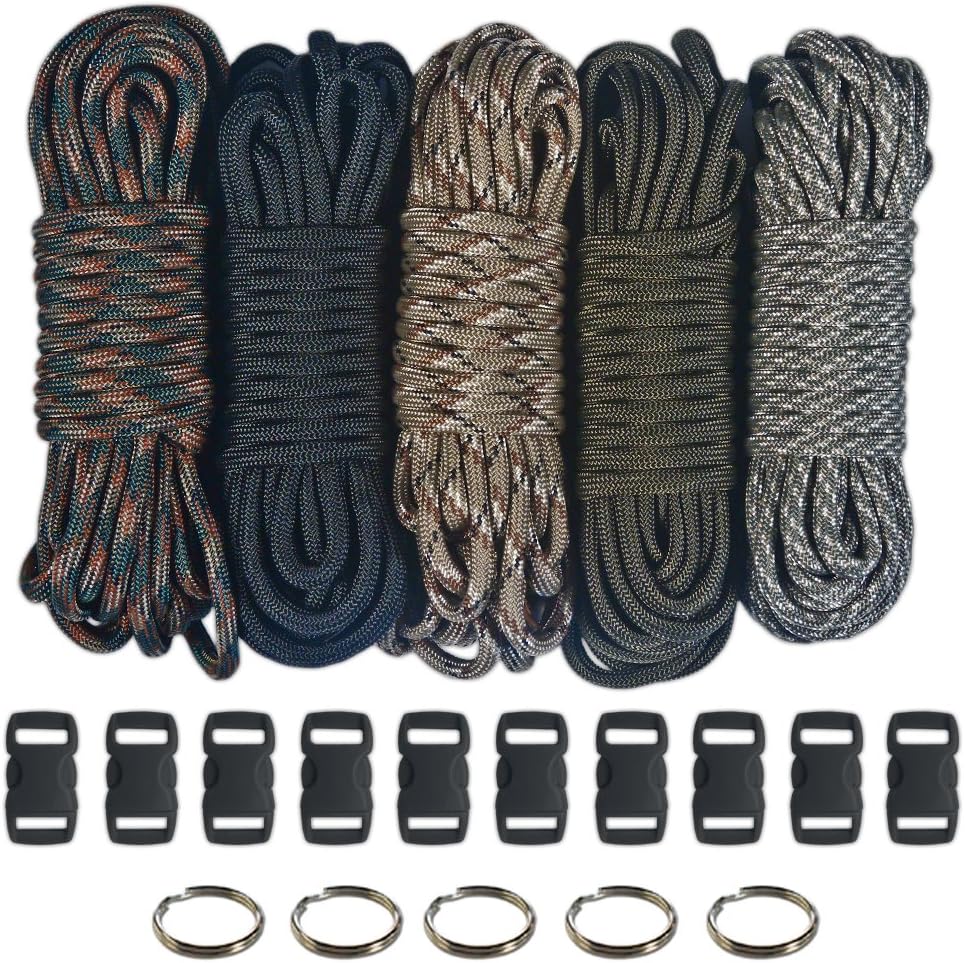Understanding how to tie knots with Paracord is the key to getting maximum results from your Paracord accessory items, whether it's a belt, bracelet, lanyard, or other paracord creation. If you want to buy paracord supplies and accessories visit https://www.theparacordstore.com/paracord-supplies-accessori .

Image Source: Google
Half hitch.
One of the most useful nodes to know, as well as the simplest for the tie, is half a hitch. If you find yourself in a situation where you need to secure your paracord to a fixed anchor point, like a tree or truck, half the obstacles are the right node to use. The benefits of half a hitch are grasping more stringently at the anchor point because the lines are drawn more stringently.
Square knots.
A square knot is the ideal node for binding two pieces of paracord separate together. The reason for doing this is creating a longer cable length to do certain tasks. For example, if you wear two paracord bracelets, paracords can be decomposed and secured together with a square node.
Clove hitch.
Another useful knot that can be tied from Paracord is a clove obstacle. If you find yourself in a situation where you need to secure something to a fixed object like a tree, pole, or branch, the clove obstacle is the ideal node for use.
Bowline.
Maybe the most important node to know, because it can save your life or the lives of others, is the Bow line. Although a little more complicated to bind than the knots mentioned above, the Bow line is very strong and durable. Paracord is actually a perfect type of rope to tie the bow.